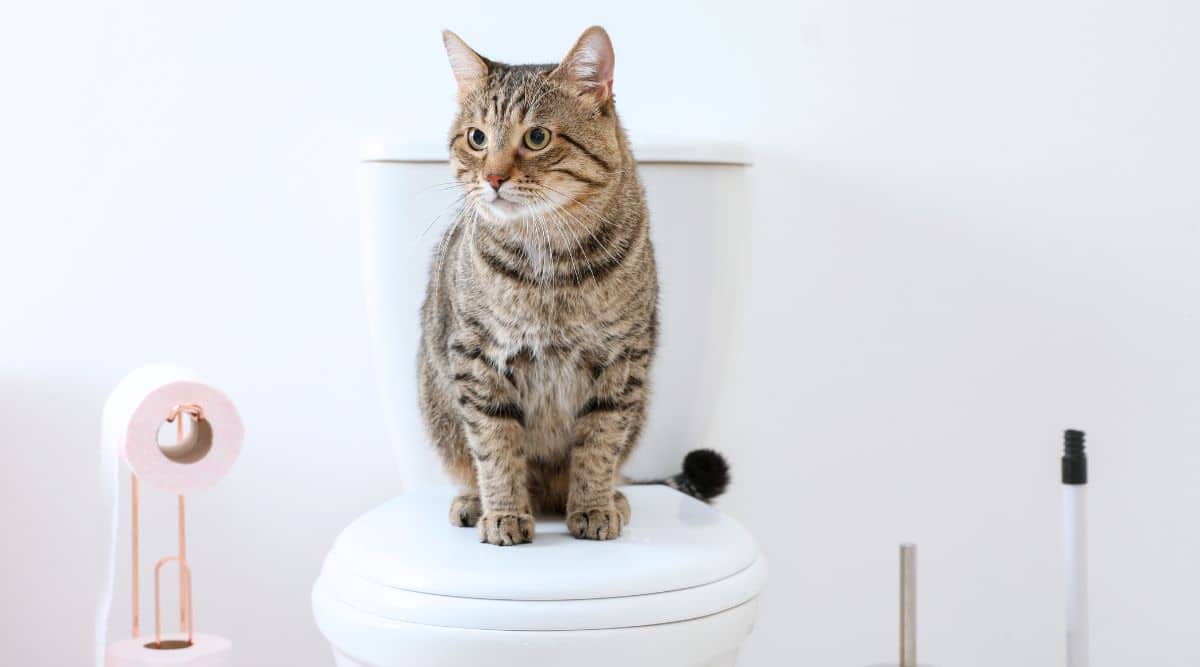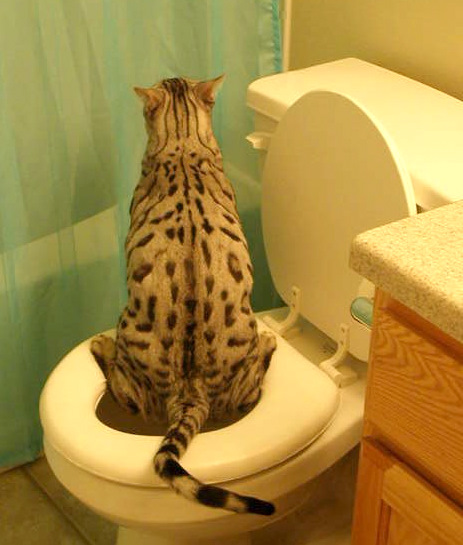Top Explanations to Prevent Flushing Animal Waste Down the Toilet
Top Explanations to Prevent Flushing Animal Waste Down the Toilet
Blog Article
Presented here in the next paragraphs yow will discover some first-rate details concerning 10 Things You Should Never Flush Down The Toilet.

When it involves taking care of waste, especially animal waste, lots of people commonly resort to the convenient alternative of flushing it down the bathroom. Nonetheless, this relatively easy remedy can have serious consequences for the setting and public health. In this post, we'll explore why flushing pet waste down the toilet is a negative concept and give different techniques for appropriate disposal.
Intro
Appropriate waste disposal is critical for maintaining environmental sustainability and public health. While it might appear harmless to purge animal waste down the toilet, it can lead to various problems, both for the atmosphere and human wellness.
Risks of flushing pet waste
Ecological effect
Flushing animal waste introduces hazardous bacteria and virus into waterways, which can negatively influence water communities. These pathogens can contaminate water resources and injury aquatic life, interrupting delicate environments.
Public health problems
Pet waste has damaging bacteria such as E. coli and Salmonella, which can position major wellness risks to human beings. Purging animal waste down the toilet can infect water materials, leading to the spread of conditions and infections.
Alternatives to flushing
As opposed to purging animal waste down the commode, there are a number of alternative disposal techniques that are more eco-friendly and sanitary.
Composting
Composting pet waste is a green way to get rid of it. By composting, organic matter is broken down right into nutrient-rich dirt, which can be utilized to fertilize gardens and plants.
Land fill disposal
Dealing with animal waste in a garbage dump is an additional alternative. While not as eco-friendly as composting, it is a more secure alternative to flushing, as it stops the contamination of water sources.
Family pet garbage disposal systems
There are specialized pet garbage disposal systems offered that safely and hygienically deal with pet waste. These systems usually utilize enzymes to break down waste and eliminate odors.
Actions to appropriate animal garbage disposal
To make sure proper disposal of pet waste, comply with these steps:
Scooping and bagging waste
Routinely scoop and bag pet waste using naturally degradable bags. This stops waste from polluting the setting.
Utilizing assigned waste bins
Dispose of bagged pet waste in assigned waste bins, such as compost bins or land fill bins. Prevent flushing it down the commode in any way costs.
Cleaning up litter boxes and family pet read more areas regularly
Regularly tidy litter boxes and pet dog areas to prevent the build-up of waste and microorganisms. Use pet-safe cleansing items to maintain hygiene.
Advantages of proper disposal methods
Adopting appropriate disposal methods for pet waste uses several advantages:
Decreased environmental pollution
Proper disposal approaches lower the risk of environmental pollution, protecting rivers and communities from contamination
Decreased danger of water contamination.
By staying clear of flushing animal waste down the commode, the risk of water contamination is significantly reduced, safeguarding public health.
Boosted hygiene and health
Appropriate disposal methods advertise better sanitation and health, creating a more secure setting for both humans and pets.
Final thought
To conclude, flushing pet waste down the toilet is hazardous to the setting and public health. By adopting alternate disposal approaches and following correct waste management practices, we can minimize the negative impact of pet waste and add to a cleaner, much healthier earth.
What To Do With Dog Poo – The Do's And Don'ts Of Disposing Of Faeces
Dog poo bins
Some councils provide dedicated dog waste bins in popular dog-walking areas that can take dog poo that has been bagged but you can legally dispose of dog waste in any public litter bin, as long as it is securely bagged. This also applies to your wheelie bin at home.
Do not flush
Water companies do not recommend flushing dog faeces down the toilet because certain parasites can survive the water processing treatment and are potentially harmful to humans. You should also never consider flushing dog poo that has been bagged down the toilet as the bags will not break down and instead create severe blockages in the sewage system.
In the woods
The Forestry Commission promotes a ‘stick and flick’ method for dealing with waste in the woods. This means finding a stick and using it to flick any poo from off the path so that it is out of the way of other walkers. You could also bury it as long as it is not in an area where there might be livestock.
Livestock
Parasites found in dog poo can be transmitted to livestock if they inadvertently eat infected faeces that has been left on grazing land. This could result in the death of sheep or abortion in cattle so you should always make sure you pick up your dog’s waste in fields where livestock could be present.

Regularly tidy litter boxes and pet dog areas to prevent the build-up of waste and microorganisms. Use pet-safe cleansing items to maintain hygiene.
Advantages of proper disposal methods
Adopting appropriate disposal methods for pet waste uses several advantages:
Decreased environmental pollution
Proper disposal approaches lower the risk of environmental pollution, protecting rivers and communities from contamination
Decreased danger of water contamination.
By staying clear of flushing animal waste down the commode, the risk of water contamination is significantly reduced, safeguarding public health.
Boosted hygiene and health
Appropriate disposal methods advertise better sanitation and health, creating a more secure setting for both humans and pets.
Final thought
To conclude, flushing pet waste down the toilet is hazardous to the setting and public health. By adopting alternate disposal approaches and following correct waste management practices, we can minimize the negative impact of pet waste and add to a cleaner, much healthier earth.
What To Do With Dog Poo – The Do's And Don'ts Of Disposing Of Faeces
Dog poo bins
Some councils provide dedicated dog waste bins in popular dog-walking areas that can take dog poo that has been bagged but you can legally dispose of dog waste in any public litter bin, as long as it is securely bagged. This also applies to your wheelie bin at home.
Do not flush
Water companies do not recommend flushing dog faeces down the toilet because certain parasites can survive the water processing treatment and are potentially harmful to humans. You should also never consider flushing dog poo that has been bagged down the toilet as the bags will not break down and instead create severe blockages in the sewage system.
In the woods
The Forestry Commission promotes a ‘stick and flick’ method for dealing with waste in the woods. This means finding a stick and using it to flick any poo from off the path so that it is out of the way of other walkers. You could also bury it as long as it is not in an area where there might be livestock.
Livestock
Parasites found in dog poo can be transmitted to livestock if they inadvertently eat infected faeces that has been left on grazing land. This could result in the death of sheep or abortion in cattle so you should always make sure you pick up your dog’s waste in fields where livestock could be present.

I found that blog entry on Should you flush animal waste down the toilet when exploring the internet. Appreciated our article? Please share it. Let somebody else check it out. Thanks for your time spent reading it.
Call Today Report this page